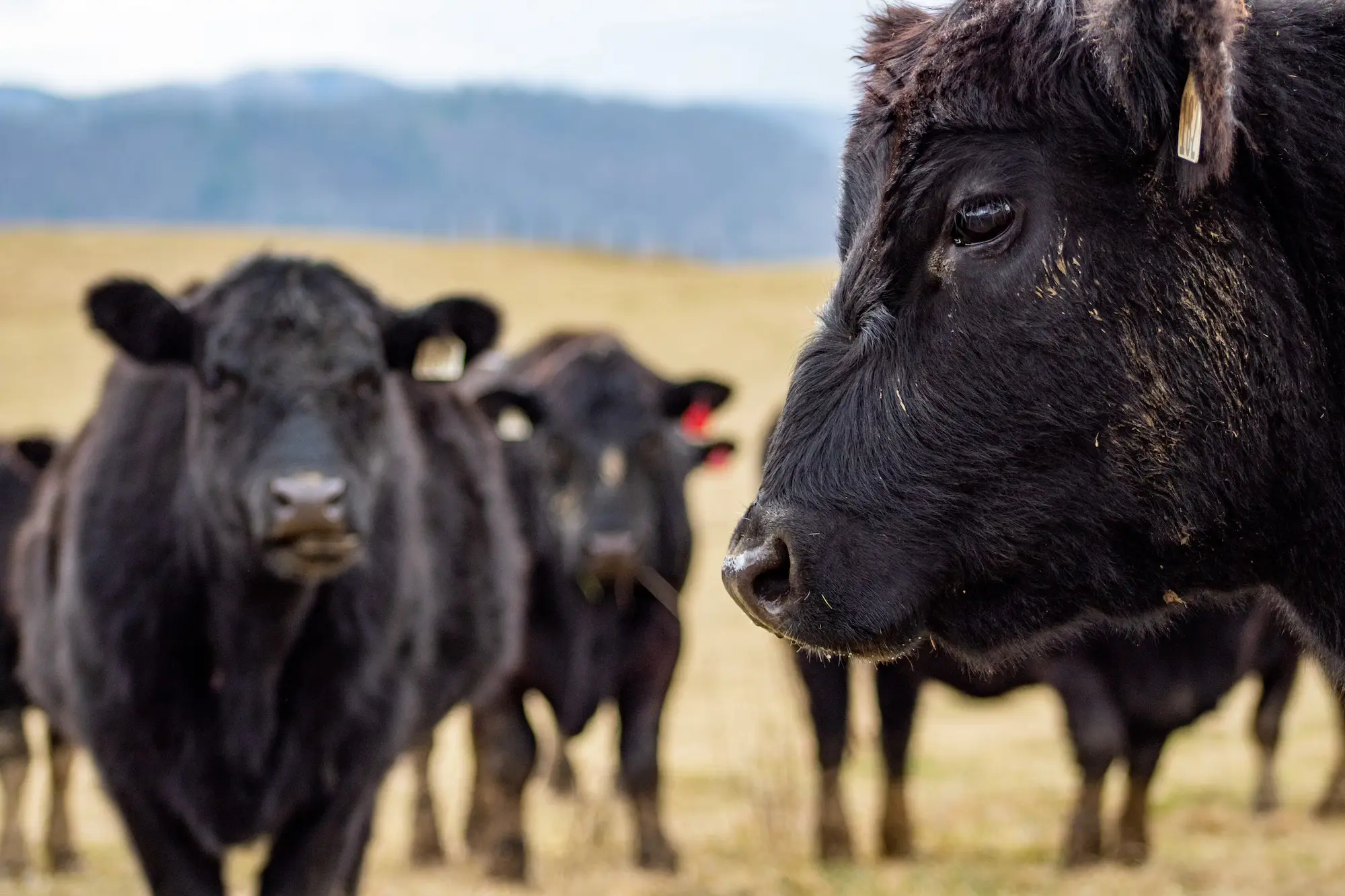
Debunking the Top 5 Misconceptions about the Protein Industry and Environmental Sustainability
In recent years, the protein industry has faced scrutiny over its perceived impact on the environment. However, many of these concerns are based on misconceptions that don’t hold up to factual analysis. Let’s talk about five of the most common misconceptions about the environmental sustainability of the beef, pork, and poultry industries.
Even if all animal agriculture were
White, R. R., and M. B. Hall.
eliminated, global greenhouse gas emissions would only decrease by 2.6%.
“Nutritional and greenhouse gas impacts of removing animals from US agriculture.”
Environmental Research Letters 12.11 (2017): 114002.
- Misconception: The water usage of livestock production is wasteful and unsustainable.
While livestock production does require water, its overall use is often exaggerated. According to the United States Geological Survey (USGS), only 31% of total water withdrawals in the United States are used for agriculture, with livestock accounting for a fraction of that (Dieter et al. 2018). Furthermore, advances in water management practices and technology have significantly reduced the water footprint of livestock production. - Misconception: Animal proteins are responsible for the majority of greenhouse gas emissions.
Although livestock production does contribute to greenhouse gas emissions, it is not the leading cause. The Food and Agriculture Organization (FAO) of the United Nations found that the livestock sector contributes approximately 14.5% of global greenhouse gas emissions (Gerber et al. 2013). While this is a significant amount, it is far less than the emissions from transportation and energy production. - Misconception: Plant-based meats are always more sustainable than animal proteins.
Plant-based meats, such as those made from soy, have gained popularity as environmentally friendly alternatives to traditional animal proteins. However, their sustainability depends on factors like production methods, transportation, and packaging. A study published in Environmental Research Letters found that the environmental impact of plant-based meats can vary greatly depending on these factors, and some plant-based meats may have a similar or even higher impact than certain animal proteins (Smetana et al. 2015). - Misconception: Industrial livestock production leads to the overuse of antibiotics, creating antibiotic resistance.
While antibiotics are used in the protein industry, efforts have been made to reduce their usage and minimize the risk of antibiotic resistance. In the United States, the Food and Drug Administration (FDA) has implemented regulations that prohibit the use of medically important antibiotics for growth promotion purposes in food-producing animals (FDA 2017). Many producers have also adopted antibiotic stewardship programs to ensure responsible usage. - Misconception: Eliminating meat consumption would solve environmental problems.
While reducing meat consumption can help lower greenhouse gas emissions and other environmental impacts, it is not a panacea. A study published in Environmental Research Letters found that even if all animal agriculture were eliminated, global greenhouse gas emissions would only decrease by 2.6% (White and Hall 2017). A more comprehensive approach addressing multiple sectors, including energy, transportation, and agriculture, is necessary to effectively address environmental challenges.
In conclusion, it is essential to critically examine the misconceptions surrounding the protein industry and its environmental impact. A more nuanced understanding of the issue can help us make informed decisions about our consumption habits and support sustainable practices in livestock production.
Sources
Dieter, C.A., et al. “Estimated use of water in the United States in 2015.” US Geological Survey Circular 1441 (2018).
Gerber, P. J., et al. “Tackling climate change through livestock: a global assessment of emissions and mitigation opportunities.” Food and Agriculture Organization of the United Nations (FAO), Rome (2013).
Smetana, S., et al. “Sustainability of insect use for feed and food: Life Cycle Assessment perspective.” Journal of Cleaner Production 137 (2016): 741-751.
FDA. “FDA’s Strategy on Antimicrobial Resistance – Questions and Answers.” U.S. Food & Drug Administration, 29 Sept. 2017, www.fda.gov/animal-veterinary/antimicrobial-resistance/fdas-strategy-antimicrobial-resistance-questions-and-answers.
White, R. R., and M. B. Hall. “Nutritional and greenhouse gas impacts of removing animals from US agriculture.” Environmental Research Letters 12.11 (2017): 114002.